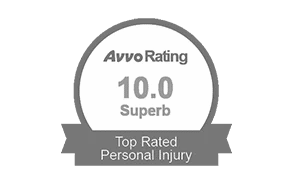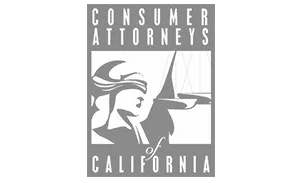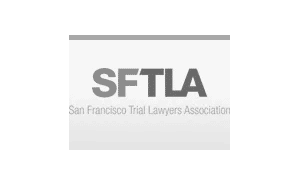Rideshares are incredibly common on the streets of San Francisco. In fact, by 2017, they already made up 6.5% of all traffic in the city and 20% of trips that start or end within city limits. Those numbers have only increased in the years since.
The popularity of rideshares like Uber and Lyft is closely correlated to increasingly dangerous roads in California. According to the California Office of Traffic Safety (OTS), traffic deaths increased by 7.6% from 2020 to 2021, the most recent years for which data is available. At the same time, the National Highway Traffic Safety Administration (NHTSA) found that hit-and-run accident deaths increased by 26%. In other words, these accidents are becoming more common and are likely responsible for a significant percentage of the rising traffic fatality rate.
Both hit-and-run accidents and rideshare crashes are more common than ever, which means hit-and-run incidents caused by rideshare drivers are rising, too. Here’s what you should know about these accidents and what to do after a rideshare driver hurts you.
Explaining Hit-and-Run Incidents in the Rideshare Sector
A “hit-and-run” is an accident where one driver flees the scene without immediately pulling over and exchanging important information with other involved parties. In California, every driver involved in any traffic crash that causes property damage or injuries must stop and remain at the scene. This applies to all drivers regardless of who is at fault for the crash. Failing to stop may be a misdemeanor or a felony, depending on the circumstances.
Even though it’s a crime, many rideshare drivers will not stop after causing an accident. Some reasons these drivers don’t stop include:
- They think they won’t get caught. Some people flee accidents because they don’t think anyone will be able to identify them. These rideshare drivers may ask or threaten passengers to keep them from reporting the accident to insurance or their employers.
- They’re afraid of the consequences to their careers. A crash on their driving record can disqualify drivers from working for rideshare companies ever again.
- They don’t realize they have caused an accident. Rideshare drivers may be more likely to keep driving while distracted, intoxicated, or exhausted since they must be on the road to earn money. These states can become so debilitating that they genuinely don’t realize they hit something or someone, so they don’t think to stop.
Regardless of the reason, it is illegal not to stop after an accident. If you’re injured in a rideshare hit-and-run, you could have grounds for a claim against the driver and the company paying them.
Steps to Take Following a Hit-and-Run Incident
Fleeing the scene of an accident is illegal because it makes it more difficult to hold dangerous drivers accountable for the harm they cause. However, it is still possible to identify and file claims against rideshare drivers that flee. After an accident with an Uber or Lyft driver who leaves, here’s what to do:
- Do not pursue the driver: If you follow them, you also leave the scene and break the law. Stay where you are and take videos or pictures of the vehicle that hit you if you can.
- Notify the authorities: If you’re in an accident and the other driver doesn’t stop, notify the police immediately. If you or someone else is hurt, call 911.
- Document the scene: Get pictures and videos of the location of the accident, including damage to property and your injuries.
- Seek medical care: Get medical treatment as soon as possible to ensure you do not aggravate an injury and begin a paper trail for your insurance claim.
- Talk to an experienced rideshare accident attorney: Your lawyer can help you notify insurance companies, identify the car that hit you, and file insurance claims or lawsuits if necessary.
If you’ve been hurt in a hit-and-run accident caused by a Lyft or Uber driver, you may have the right to seek damages for your losses. When you file a claim with the liable party’s insurance, you may be able to seek compensation, including medical bills, lost income, property damage, pain and suffering, and punitive damages.At The Wakeford Law Firm, we have years of experience fighting on behalf of San Francisco rideshare accident victims. We are prepared to help you achieve the maximum hit-and-run claim settlement. Learn more about how we can help you identify and file claims against negligent rideshare drivers by scheduling your consultation today.
How useful was this post?
Click on a star to rate it!
Average rating 0 / 5. Vote count: 0
No votes so far! Be the first to rate this post.







